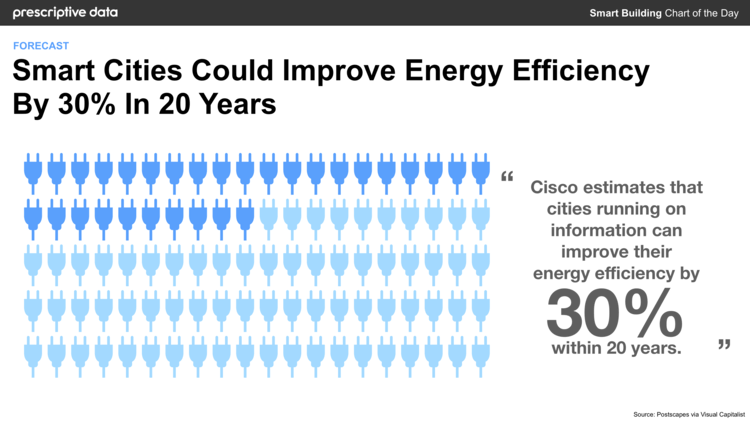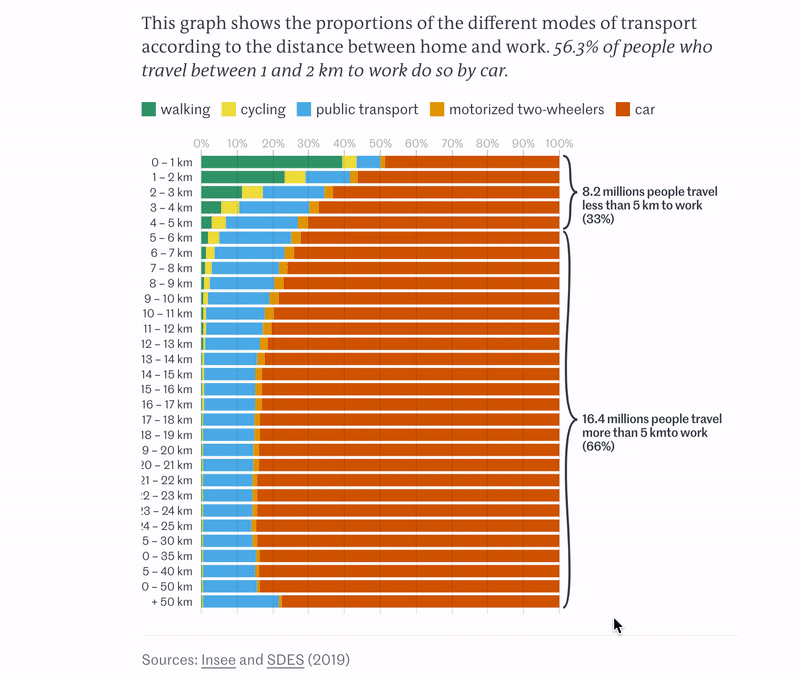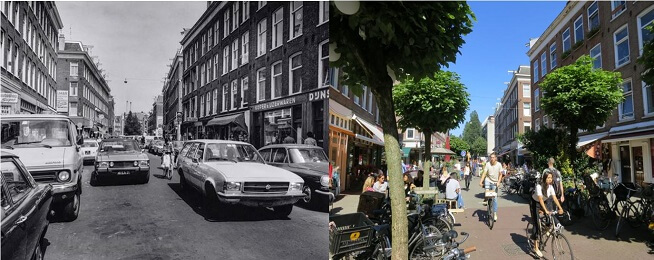 Insight Earth Overshoot: 5 ways local government can help #MoveTheDate
Insight Earth Overshoot: 5 ways local government can help #MoveTheDate
What is Earth Overshoot?
Earth Overshoot Day marks the date when humanity has used all the biological resources that the planet Earth regenerates during an entire calendar year. In other words, from that date onwards, humanity is operating on an ecological deficit.
For 2023, this date was 2nd August. Our series of interactive visuals look at how this date has changed since 1971 and how this date breaks down country by country.
What do we mean by #MoveTheDate?
Since 2022, Global Footprint Network has worked to understand how we can reduce our ecological deficit and thus move the Earth Overshoot date back every year.
While the bad news is that Earth Overshoot Day fell on August 2nd for 2023, the good news, as our visual shows, is that there are plenty of solutions available to us that could make a real difference.
How can local government organisations help combat Earth Overshoot?
While central governments and, of course, private-sector corporations worldwide have a major role to play in pushing back Earth Overshoot Day, we shouldn’t underestimate the power of localised government organisations.
Here are just five of the ways in which local governments can make a difference and #MoveTheDate.
1. Building smarter cities: Earth Overshoot +29 days
Smart cities have been talked about for quite some time, and the concept can often come across as little more than a buzzword. However, developing integrated transport systems, managing energy consumption more effectively and implementing better communication systems could actually move the Earth Overshoot date back by 29 days if applied on a global scale.
Not only would these measures move the date, they’d also make cities better places for their residents to work, live and play in.
2. Infill housing development: Earth Overshoot +12 days
Another potential solution lies in building new housing developments within existing city boundaries, thus increasing population density rather than continuing to sprawl outwards. Denser cities are more energy efficient, consume resources more efficiently and are innately more sustainable.
As cities sprawl outwards, there is an increased reliance on cars, as we need to travel further to reach key amenities. In addition to the direct benefit of moving the day 12 days, this solution also supports others, including building design, utilities, and transportation.
3. The 15-minute city: Earth Overshoot +11 days
The 15-minute city works along similar lines to infill housing development, but with more of a specific focus on the everyday amenities we require to function. The concept is that residents can meet most, if not all, of their needs within a 15-minute walk or bike ride. To do this, shops, parks, schools, GP surgeries and other common services need to be located near housing, with adequate pedestrian and bicycle infrastructure to connect it.
The idea comes with a lot of criticism, though, as there are elements of society who believe that 15-minute cities are an attempt to restrict movement and assert control over a population. Realistically, this is one to file under ‘conspiracy theory’, although it will likely need addressing in the planning phases of any development.
Of course, there are also ways to get 15-minute cities spectacularly wrong from a sustainability standpoint. And yes, the image above is an artistic render of an actual project that is actually being constructed: The Line in Saudi Arabia is due to be a 170 km long, 500 m high, 200 m wide mirrored skyscraper city in the desert. The idea being that people who live within The Line will have everything they could ever need within 15 minutes.
4. Reform parking: Earth Overshoot +10 days
Looking at this objectively, it seems mad just how much space within our cities is devoted to the movement and storage of cars. And yet, somehow, those who drive to work are always complaining about how difficult it is to find a parking space.
But if we were to reimagine roads in urban centres, make them narrower, replace parking spaces with plants or trees, and pedestrianise specific areas, we could improve air quality, reduce summer overheating events, make cycling easier and safer, and positively impact users’ overall quality of life.
Of course, we’d need better, more efficient public transport to go hand-in-hand, but we should at least try to replace some of the grey with some of the green.
5. Expand bicycle infrastructure: Earth Overshoot +9 days
Along similar lines, creating effective bicycle infrastructure would #MoveTheDate by 9 days. More specifically, this would involve developing a solid network of dedicated cycle paths, street signs and infrastructure designed with bicycles in mind, as well as convenient storage locations to secure bikes.
A significant proportion of journeys below 3 km are taken by car, and the data above from France shows that about 48% of journeys to work under 1 km are taken by car, compared to 4% by bike and 39% on foot. Cities can reduce this reliance on cars by providing better cycling infrastructure, and we should be looking to cities like Copenhagen and Amsterdam to resolve these issues.
And no, Amsterdam hasn’t ‘always been like that’ – it was a city designed for cars that later transformed itself.
For more on the impact that local government can have on pushing back Earth Overshoot Day, check out our interactive Power of Possibility visual, part of our series of data visualisations for Global Footprint Network.
We build data-driven tools that support local authorities on climate action
Do more with your climate action data
Speak to Stewart




